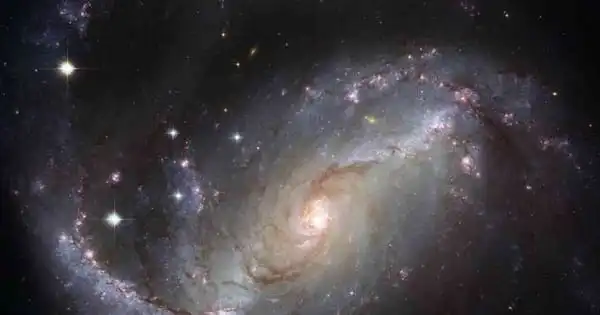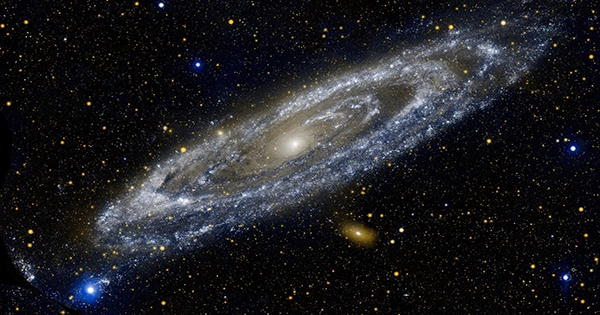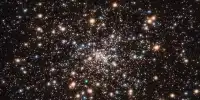HD 222925 is a cold and inconspicuous star in the Tucana constellation in the southern sky. It may appear to be one of the Milky Way’s 100 billion stars, but recent research has revealed that it is rather special. It possesses the most diverse range of components of any star outside of our solar system. The star has 65 distinct elements, with 42 of them being heavy metals including selenium, silver, tellurium, platinum, gold, and thorium. These components are uncommon in stars, and scientists still don’t have a clear understanding of how they develop. The presence of HD 222925, as announced in The Astrophysical Journal Supplement Series, may well change that.
“That is a record for any object beyond our solar system, to the best of my knowledge.” And what makes this star so special is that it contains a large proportion of the elements found in the lowest two-thirds of the periodic table. “We even found gold,” lead researcher Ian Roederer of the University of Michigan stated in a statement. “The quick neutron capture method created these elements.” That’s what we’re attempting to figure out: the physics of how, where, and when those components were created.”

The so-called “r-process,” or fast neutron-capture process, produces heavy elements. This is a collection of nuclear processes that produces almost half of the natural elements heavier than iron in the periodic table. Standard nuclear fusion produces the heaviest element, iron. The r-process demands a lot of energy, and several types of supernovae have been postulated as sources of that energy, but models have always needed something. The first direct sighting of a neutron star collision in 2017 raised the possibility that these cataclysmic events might potentially produce r-process components.
That’s when HD 222925 comes in handy. Its quantity of heavy elements might be considered a benchmark. The proper model, whether it favors one scenario (large supernovae), the other (neutron star mergers), or a combination of the two, must be able to explain what astronomers have observed in this star. Professor Anna Frebel of the Massachusetts Institute of Technology remarked, “We now know the exact element-by-element output of some r-process event that happened early in the cosmos.” “Any model that tries to figure out what the r-process is doing has to be able to duplicate that.” This investigation is an important step toward figuring out how and where the r-process occurs.















